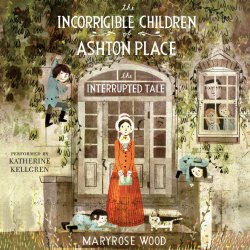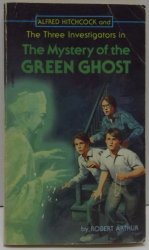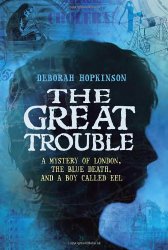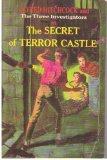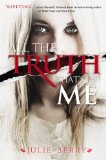Review of The Interrupted Tale, by Maryrose Wood
The Incorrigible Children of Ashton Place, Book 4
by Maryrose Wood
read by Katherine Kellgren
Listening Library, 2013. 8 hours, 19 minutes on 7 compact discs.
Starred Review
Brava! Another installment in the incredible series about The Incorrigible Children of Ashton Place. This series makes fabulous listening. I laughed and laughed during my commute, my only regret being that in my own car I had no one to share the joke with, and since I listened to it, I can’t quote hilarious bits in this review.
The plot is outrageous, but told in all seriousness. Katherine Kellgren’s proper British accent strikes exactly the right note.
In this fourth book, mysteries that have followed the Incorrigibles through the entire series are beginning to be uncovered. For the bulk of this book their governess, Penelope Lumley, is invited back to her former home, the Swanburne Academy for Poor Bright Females, just in time to learn of an insidious plot to change it into the Quinzey School for Miserable Girls.
Meanwhile, the charming Simon Harley-Dickinson, he of the spark of genius, has been silent, captured by pirates, and the cannibal book from Lord Ashton’s library gains weighty importance.
The plot is wild and unlikely – and oh, so much fun! The style reminds me of Lemony Snicket’s, only far more hopeful and uplifting. This is a series I highly recommend listening to, because you will appreciate its brilliance even more than if reading it on your own.
maryrosewood.com
booksontape.com
Find this review on Sonderbooks at: www.sonderbooks.com/Childrens_Fiction/interrupted_tale.html
Disclosure: I am an Amazon Affiliate, and will earn a small percentage if you order a book on Amazon after clicking through from my site.
Source: This review is based on a library book from Fairfax County Public Library.
Disclaimer: I am a professional librarian, but I maintain my website and blogs on my own time. The views expressed are solely my own, and in no way represent the official views of my employer or of any committee or group of which I am part.
Please use the comments if you’ve read the book and want to discuss spoilers!
